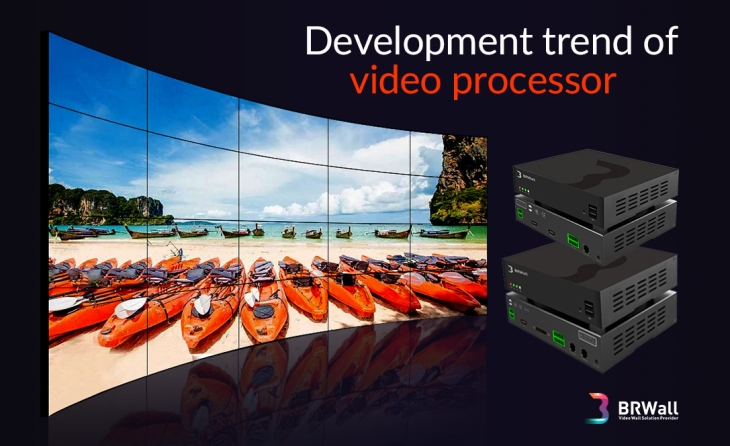With the progress of science and technology and the development of society, the communication is more and more developed. The existing display system, especially the centralized processor, which is the part of signal processing and transmission equipment, is restricted by the majority of use. The era of centralized processor is about to pass. In the near future, with the popularization of network and the expansion of transmission bandwidth, the large-scale production and distributed production of distributed processor With the reduction of product cost, as long as the cost of distributed products is reduced to the cost of centralized processors, then distributed processors will be widely used.
The difference between the two:
The so-called centralized processor, i.e. one device processes all the signal transmission, all the input and output cables, need to be deployed to the processor. The signal analysis and processing speed of the centralized processor, currently the vast majority of manufacturers have reached 100ms, and the advantage of the centralized processor is that the processing speed is fast, centralized and unified management.
The distributed processor is a node deployment, and each signal input source or each output terminal is a node (i.e. a small device). The distribution is mainly convenient for the deployment of the system. A network cable and access switch can realize the deployment of the system. The system deployment and system expansion are convenient. At present, h.264/265 encoding and decoding format is mainly used in the market, which is based on Gigabit network transmission The speed of transmission, signal coding, decoding and transmission is between 200ms and 500ms.
Advantages of distributed products
With the upgrade of the network and the expansion of the transmission bandwidth, the distributed products can be deployed anywhere in the network, the signal access or display equipment deployment or expansion anywhere, only one network line or one optical fiber can be deployed, and the wiring is simple;
The distributed product has KVM function, which can remotely control any input source computer through mouse and keyboard, realize one terminal to manage multiple computers, realize KVM seat management, realize user authority management, and realize signal takeover and push management.
Each input or output node has infrared, serial and IO port functions. Each node can control the third-party equipment, realize the intelligent central control function, and control the TV, curtain, air conditioning, lighting and other equipment.
If cloud service function is added, devices in any part of the network can be remotely controlled through the management end, such as signal switching, device switching and control, etc.

